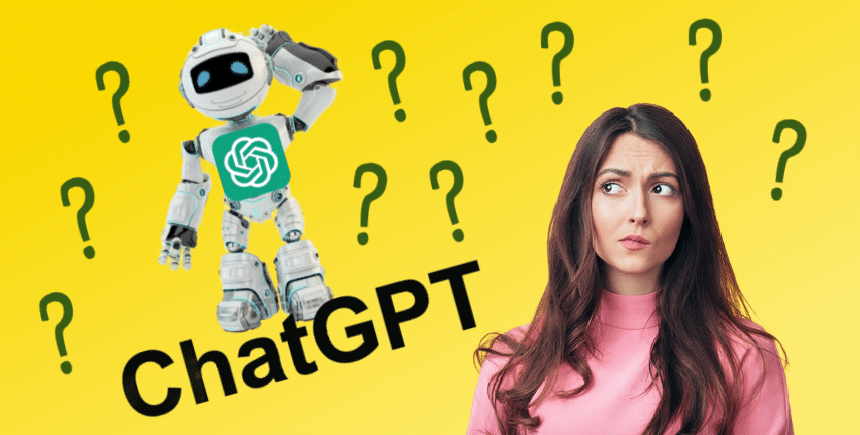Artificial Intelligence (AI) has come a long way in improving voice recognition technology, but it still faces significant challenges in understanding diverse accents. Our recent survey of 3,000 Americans reveals the top 30 accents that AI struggles with the most. Here are the findings:
Key Insights
Below find the key takeaways from our survey.
Southern Accents Lead the Pack
Unsurprisingly, the Southern accent tops the list as the most misunderstood by AI. This accent, with its unique expressions and drawl, often leaves virtual assistants like Siri and ChatGPT confused. Words like “y’all” and “fixin’ to” can be particularly perplexing for AI, leading to frequent misinterpretations.
Urban Accents Pose a Challenge
Accents from major urban centers like New York City (#2), New Jersey (#3), and Boston (#5) are also high on the list. These accents often feature distinctive pronunciation and local slang that can trip up AI. For instance, New Yorkers’ tendency to drop the ‘r’ sound (“cah” for “car”) or Bostonians’ famous “pahk the cah in Hahvahd Yahd” can confuse voice recognition systems.
Regional Accents Add to the Complexity
Accents from specific regions, such as Appalachian (#6) and Long Island (#7), further complicate AI’s ability to accurately interpret speech. The Appalachian accent, with its unique vocabulary and pronunciation, presents a distinct challenge. Similarly, the Long Island accent, with its nasal tone and elongated vowels, often leaves AI guessing.
Cultural Influences on Accents
Dialects influenced by cultural and linguistic diversity, like the Miami accent (#9) and the Cajun accent (#12), highlight how cultural nuances impact AI understanding. The Miami accent blends Southern American English with Cuban Spanish, creating a unique speech pattern that AI often misinterprets. The Cajun accent, with its French influences, also poses a significant challenge.
Lesser-Known Accents Not Immune
Even lesser-known accents, such as the Yooper accent from Michigan’s Upper Peninsula (#11) and the Hoi Toider accent from North Carolina’s Outer Banks (#28), make the list. These accents have distinct characteristics that are unfamiliar to AI, leading to frequent misunderstandings.
Urban and Rural Differences
The list also reveals interesting differences between urban and rural accents. While urban accents like Philadelphia (#16) and Chicago (#30) are well-known, rural accents like the Ozark and the Hoi Toider show that AI struggles with a wide range of speech patterns, regardless of their urban or rural origins.
Impact on Daily Interactions
These misunderstandings have real-world implications. Users with these accents may find AI less reliable for everyday tasks, leading to frustration and a lack of trust in the technology. Improving AI’s ability to understand diverse accents is crucial for making these tools more accessible and user-friendly.




